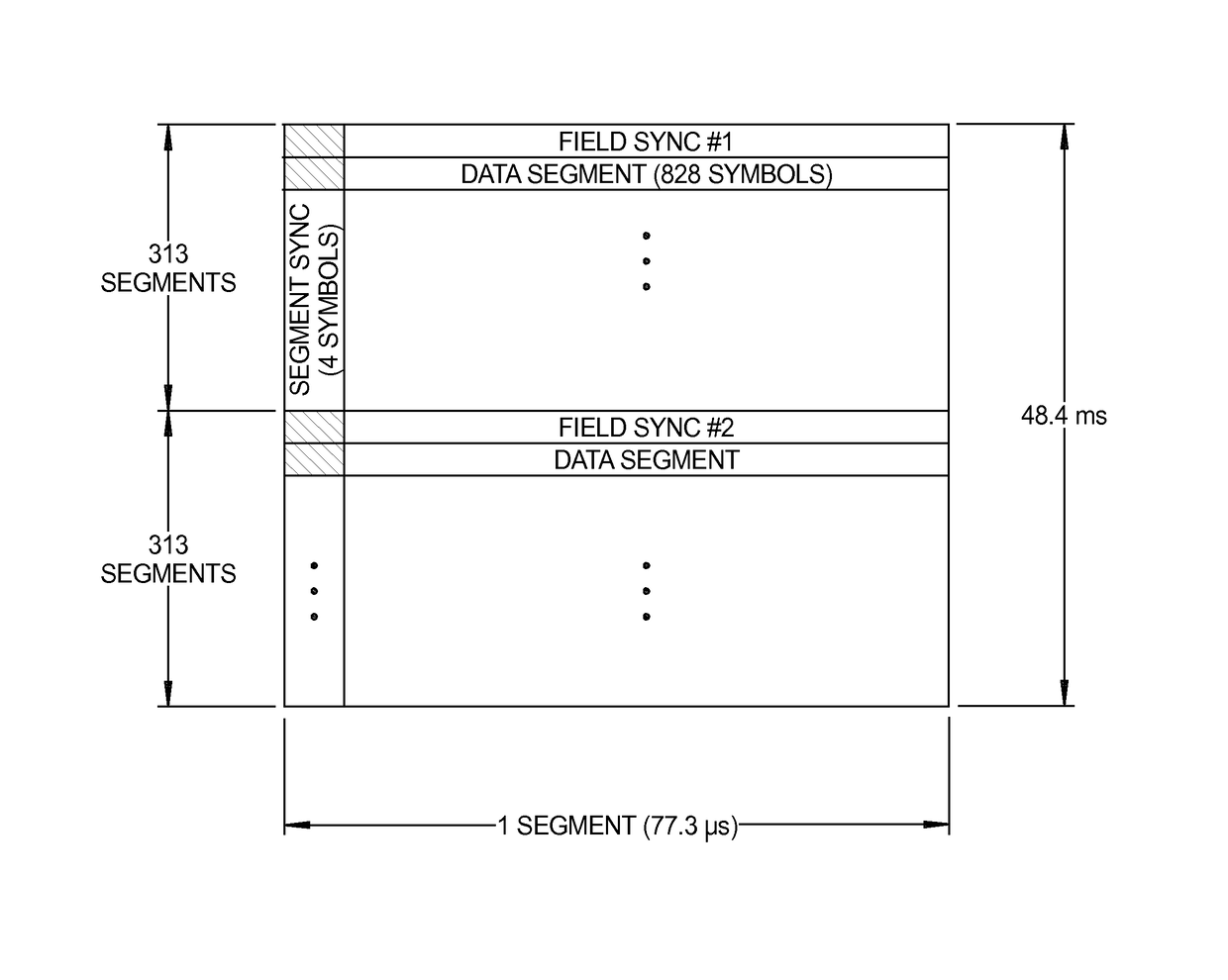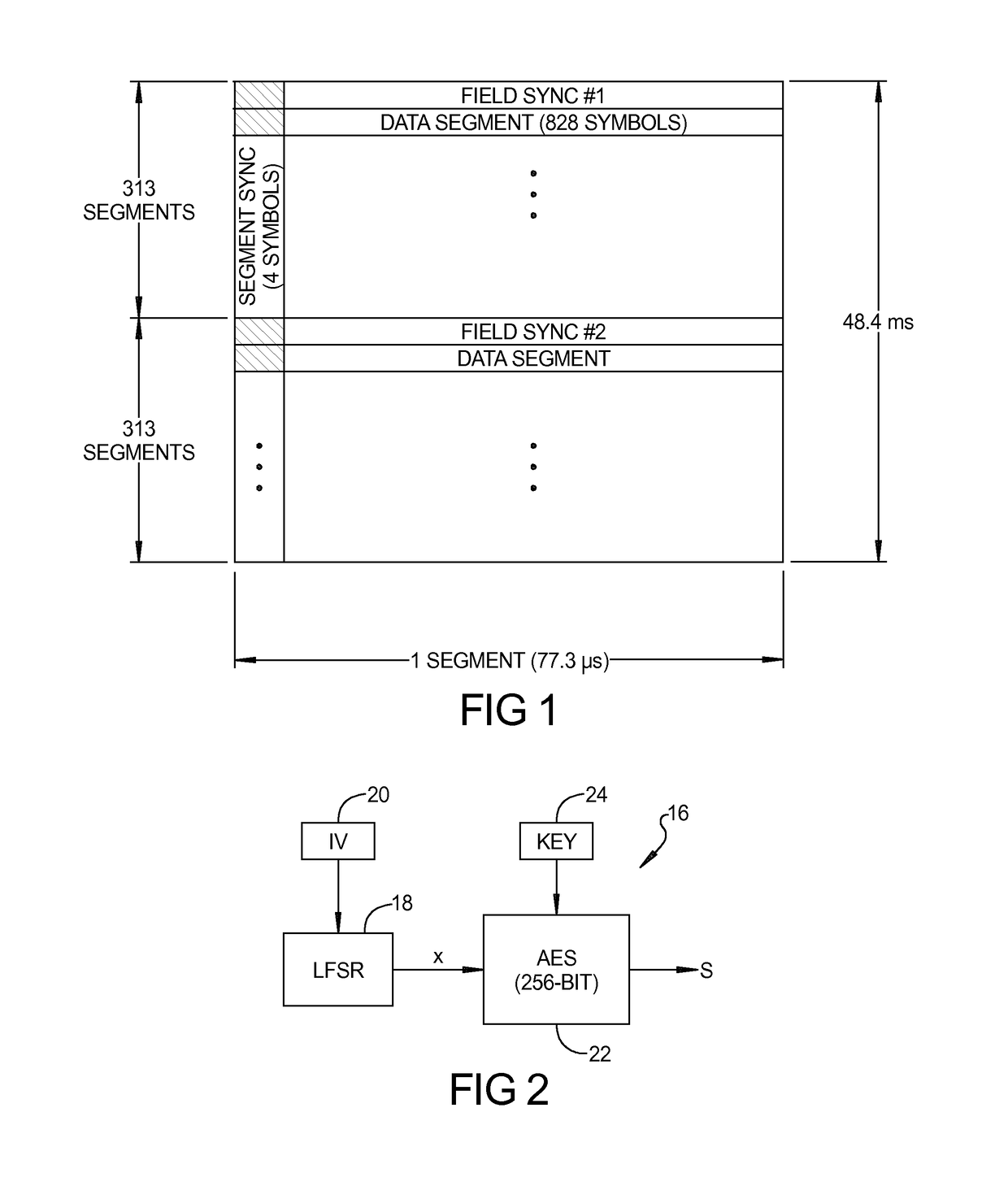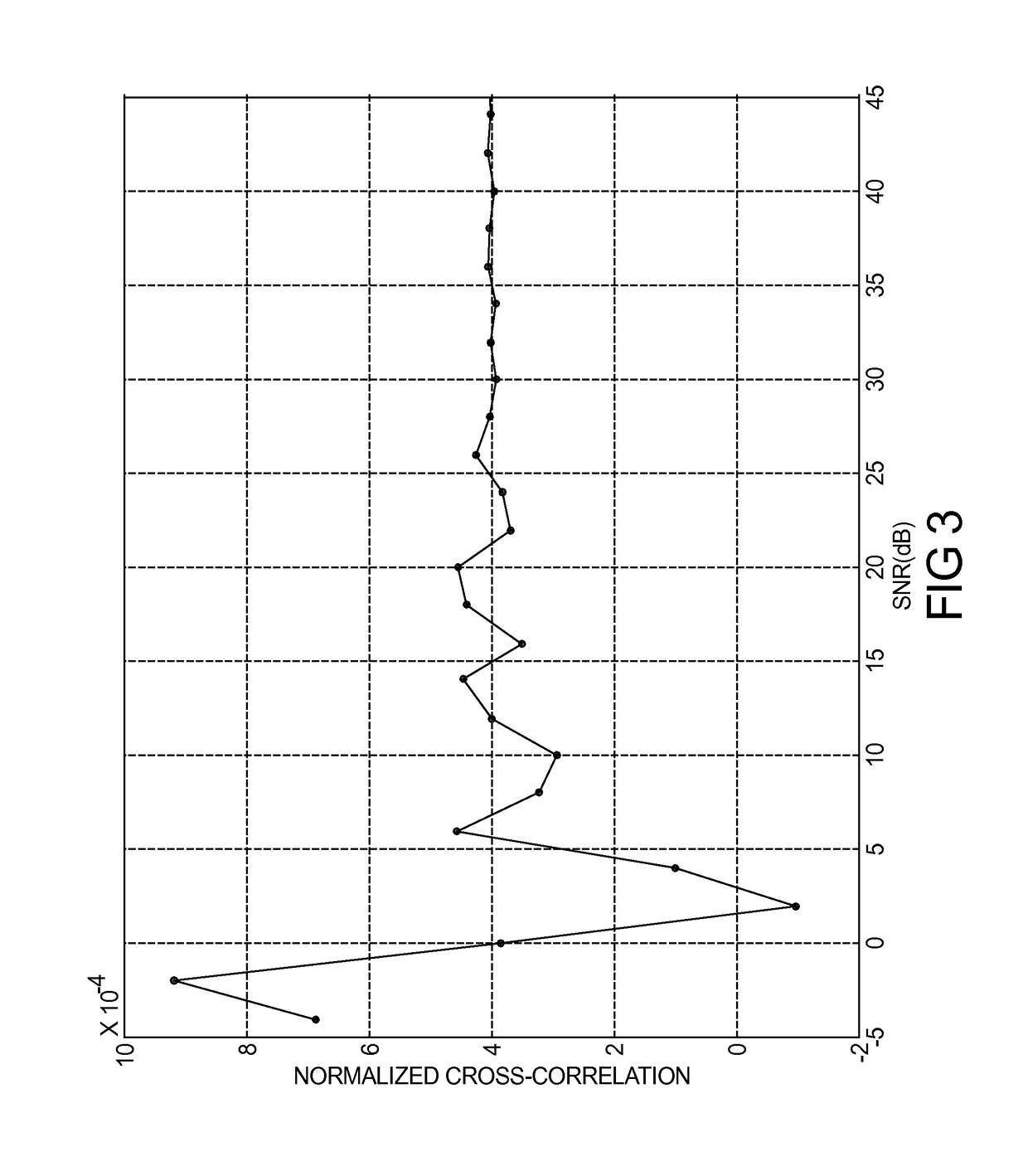Method for defense against primary user emulation attacks in cognitive radio networks using advanced encryption
a cognitive radio network and primary user technology, applied in the field can solve the problems of disrupting the operation of cr networks, affecting the accuracy of cognitive radio networks, so as to achieve efficient spectrum sharing, facilitate robust system operation, and improve the accuracy
- Summary
- Abstract
- Description
- Claims
- Application Information
AI Technical Summary
Benefits of technology
Problems solved by technology
Method used
Image
Examples
example 1
The optimal thresholds for malicious
[0142]user detection. In this example, the optimal thresholds that minimize the miss detection probabilities under a predefined constraint on the false alarm rates for malicious user detection is demonstrated.
[0143]FIG. 5 shows the two optimal thresholds λ0,opt and λ1,opt versus SNR for δ=10−3. It is observed that the two curves decrease as the SNR increases, which can be verified with equations (49) and (50).
example 2
False Alarm Rate and Miss Detection Probability for Primary User Detection
[0144]Using λ=σ2s / 2, the false alarm rate and miss detection probability numerically is obtained and compared with the theoretical results. The false alarm rate is illustrated in FIG. 6(a). It is noted that the theoretical false alarm rate Pf in equation (18) depends on β, since σ20 is a function of β. However, based on equation (15) and the avalanche effect of the AES process 22, this dependency becomes negligible when N is large. This can be seen from FIG. 6(a) as the theoretical calculations match perfectly with the numerical simulations.
[0145]The probability of miss detection is shown in FIG. 6(b). It also can be seen that the theoretical calculations and numerical simulations are matched perfectly. It is clear that the AES-assisted DTV method of the present invention achieves zero false alarm rate and miss detection probability under a large range of SNR values.
example 3
False Alarm Rate and Miss Detection Probability for Malicious User Detection
[0146]In this example, the overall false alarm rate and miss detection probability numerically is obtained and compared with the theoretical results. FIG. 7(a) shows the overall false alarm rate Pf for δ=10−3. It should be appreciated that the theoretical calculations and numerical simulations are almost equal, and the predefined false alarm constraint δ is satisfied.
[0147]The overall miss detection probability {tilde over (P)}m, is illustrated in FIG. 7(b). It is shown that the method of the present invention achieves zero overall miss detection probability under a large range of SNR values.
[0148]From the discussions above, it is concluded that the AES-assisted DTV method of the present invention can achieve very low false alarm rates and miss detection probabilities when detecting the primary user and malicious user. That is, with the AES-assisted DTV method of the present invention, primary user emulation...
PUM
 Login to View More
Login to View More Abstract
Description
Claims
Application Information
 Login to View More
Login to View More - R&D
- Intellectual Property
- Life Sciences
- Materials
- Tech Scout
- Unparalleled Data Quality
- Higher Quality Content
- 60% Fewer Hallucinations
Browse by: Latest US Patents, China's latest patents, Technical Efficacy Thesaurus, Application Domain, Technology Topic, Popular Technical Reports.
© 2025 PatSnap. All rights reserved.Legal|Privacy policy|Modern Slavery Act Transparency Statement|Sitemap|About US| Contact US: help@patsnap.com



